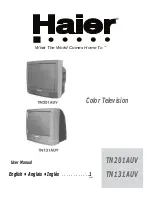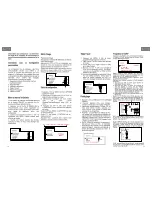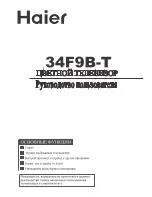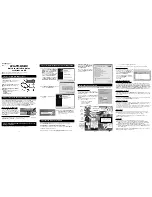
44
pictures that are used as reference points in the GOP. P frames
are encoded from the past frames (or picture) recording only the
differences between the current frame and the reference frame. B
frames are encoded relative to the I frame and P frame giving it
the maximum amount of compression by only recording the
differences between those frames. B frames take the longest time
to encode, followed by P frames and then by I frames. I frames
consume the largest amount of space and produces the highest bit
rate. I frames are also computationally demanding to decode, this
is a none issue if the same machine is used for encoding since
encoding is more computationally intensive than playback.
A smaller GOP value tends to produce videos that have better
response to movement, since the I frames are closer together, but
this would result in a lower compression rate. In encoding you
can select different values for the GOP, listed below are types of
GOP values and the frames they produce.
Example:
•
GOP = 15; Sub_GOP = 3
The GOP structure is I BBP BBP BBP BBP BB
•
GOP = 5; Sub_GOP = 1
The GOP structure is I P P P P
•
GOP = 1; Sub_GOP = 1
The GOP structure is I only
•
Motion Vector
This setting determines the smoothness of motion in a captured
clip scene. The higher the values for horizontal and vertical
settings, the smoother the motion video that’s captured, but it
would require additional system resources and needs a larger
amount of processing power.
•
Sample Rate
To convert an analog signal to digital, your computer takes
measurements of the sound wave’s amplitude (a sample) at
particular points in time. The more samples the computer takes,
















































